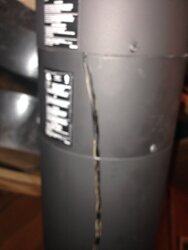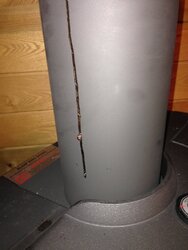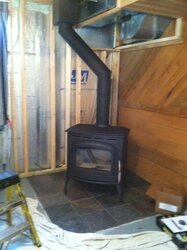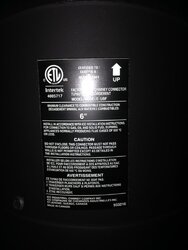I almost wish I had an insert, so I could take some photos for comparison. Hopefully someone with one will be able to do so. In the meantime, maybe post some photos of what you're describing, which may spur some help.
It's not the wood species. These stoves are very popular in the PNW, where most of what they burn is soft crapwood.
1) No, the cat does not need to be red to be working. It will do a very nice job of eating creosote at any temperature above 500F, but it won't start glowing until you're closer to 1000F. Go by the thermometer/gauge, with the understanding that the gauge lags the cat by a few minutes in time, and you must shut of any blowers for 5 minutes to get an accurate gauge reading.
2) Creo in the firebox is normal. This is the beauty of a cat stove. You can burn so low the firebox turns into a mess of black tar, but the cat combustor ensures your chimney stays clean, producing heat all the while.
3) BK recommends burning hot for the first 20 - 30 minutes of each load. This is to control the level of creo build-up in the firebox. It's not uncommon to find firebrick literally glued to the inside of your firebox with creosote, if you burn low day after day, without these hot cycles to burn the gunk off.
4) Your stove pipe should not be leaking creosote. First, you should not be getting much in the way of creosote into the pipe. After 5 cords, I'll have just a dusting of dry stuff in the pipe and liner, that looks almost like popcorn ceiling (1970's reference). No tar-like glazed creosote. Second, if your stove pipe is oriented correctly (male end down, female end up), any creosote that did end up in the chimney would safely run down the inside into the stove, never down the outside of the pipe. Do note that double wall pipe has the outward appearance of being upside down, because the inner pipe has the opposite sex from the outer pipe.





 I'll expect chimney from both ends prior to firing her up.
I'll expect chimney from both ends prior to firing her up.